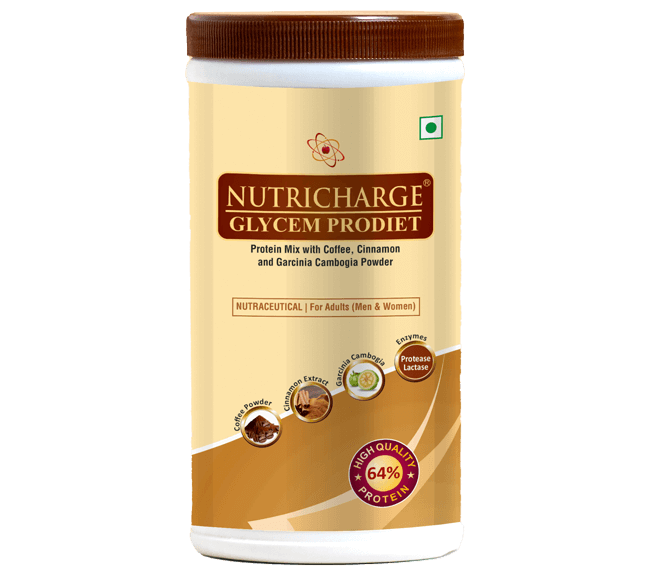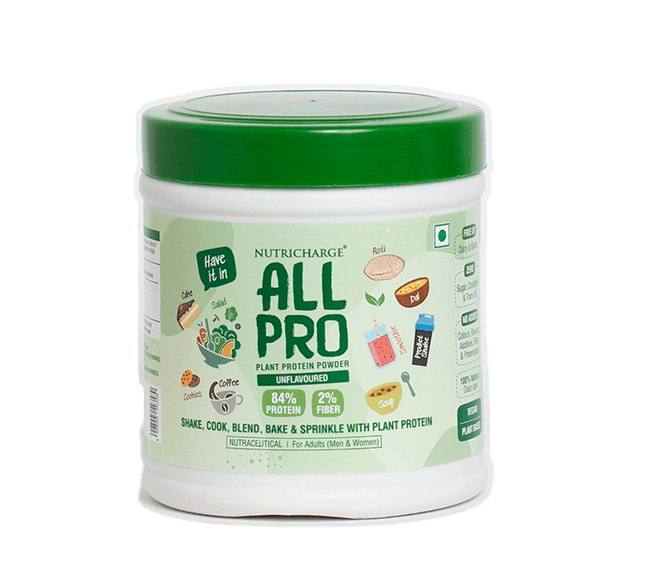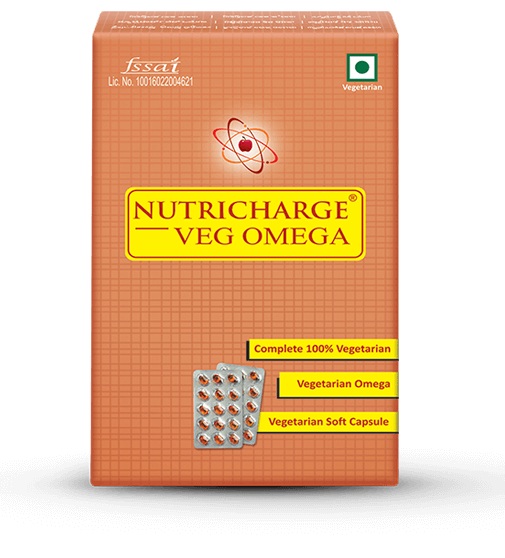Bleeding
Irregular
Light

What is normal bleeding
during Period?
A woman loses about 2-3 tablespoons (30 ml to 50 ml) of blood during the typical period of 4-5 days of menstruation every month. Some research suggests that this figure may actually be closer to 4 tablespoons (60 ml) to 6 tablespoons (80 ml) The amount of blood loss and the length of the menstruation cycle varies from body to body.
Characteristics of normal
menstrual cycle
A regular schedule
A regular schedule
While the length of time between Periods varies from woman to woman, most women get their Period around the same time each month.
Vibrant red blood
Vibrant red blood
The menstrual blood is usually bright red in colour.
Predictable bleeding pattern
Predictable bleeding pattern
Every woman has her own bleeding pattern. For most women, Period begins with light spotting that gets heavier for a day or two and then gets gradually lighter.
Length of a menstrual cycle
Length of a menstrual cycle
Period usually last for 5-7 days.
Menstrual bleeding is usually accompanied by other symptoms
Menstrual bleeding is usually accompanied by other symptoms
These symptoms are called pre-menstrual symptoms, and they start to show up around a week before the Period. These symptoms can include breast tenderness, headache, cravings, mild or intense cramps, pain in legs and back, constipation or loose motions, etc.
Colour of
menstrual blood

A cluster of physical, emotional and
psychological symptoms that
usually
appear 1-2 weeks before the Period
Black
Black
Black colour blood can appear at the beginning or end of Period. Usually, this is old blood that has accumulated inside and has not left the uterus. With time, it has oxidized and become black.
Brown or dark red
Brown or dark red
Like black blood, brown or dark red blood is a sign of old blood and can get discharged at the beginning or end of the Period. This blood has not taken as long to oxidize as black blood.
- Brown blood or spotting can sometimes also be an early sign of pregnancy.
- Brown discharge or spotting during pregnancy can indicate miscarriage or an ectopic pregnancy.
- Brown blood can also be a sign of perimenopause.
- Brown blood can also appear because of PCOS, if accompanied with other symptoms like weight gain, trouble conceiving, excess hair growth, not bleeding enough during menstruation.
Bright red
Bright red
This blood is fresh blood and it shows that the flow is steady.
Pink
Pink
This colour shows that the blood is mixed with cervical fluid. It indicates light menstrual flow.
Orange
Orange
This colour might indicate an infection if accompanied with other symptoms like vaginal itching, discomfort or foul smelling vaginal discharge.
Gray
Gray
It is usually a sign of bacterial infection.
what is irregular
menstrual bleeding?

When the frequency, duration or amount of menstrual bleeding varies abnormally, it is known as
irregular menstrual bleeding.
Examples of irregular menstrual bleeding are:
Examples of irregular menstrual bleeding are:
- Period that occur less than 21 days apart or more than 35 days apart
- Missing three or more Period consecutively
- Menstrual bleeding that is lighter or heavier than usual
- Bleeding or spotting in between Periods, or after menopause or after sexual intercourse
- Period that last longer than 7 days
- Length of time between cycles varies by more than 9 days. For example, one cycle is 28 days, the second is 37 days and the third is 29 days, and so on.
What is light
menstrual bleeding?

When the blood flow during menstruation is less than normal
or for shorter duration than normal, it is known as light menstrual bleeding.
Menstrual bleeding for morethan 7 days
Signs of light menstrual bleeding
Signs of light menstrual bleeding
- Less than 5 ml (about one teaspoon) of blood flow during menstruation cycle.
- If the bleeding lasts for less than two days.
- Needing to use fewer sanitary napkins.
- No discomfort due to cramps menstruation.
- If the colour of your menstrual blood is watery, light pink or brown in colour instead of vibrant red
light menstrual bleeding
is normal

Light bleeding during Period is not usually a matter of concern if it is a usual pattern for you. If your mother or grandmother had light Period, you are also likely to have light Period.
Having light menstrual bleeding is normal during
Having light menstrual bleeding is normal during
Menarche
Menopause
Breastfeeding







